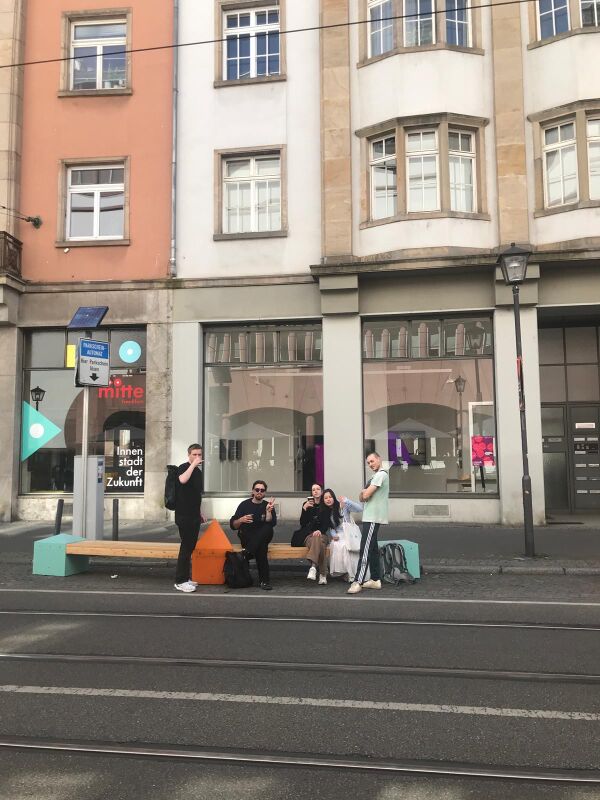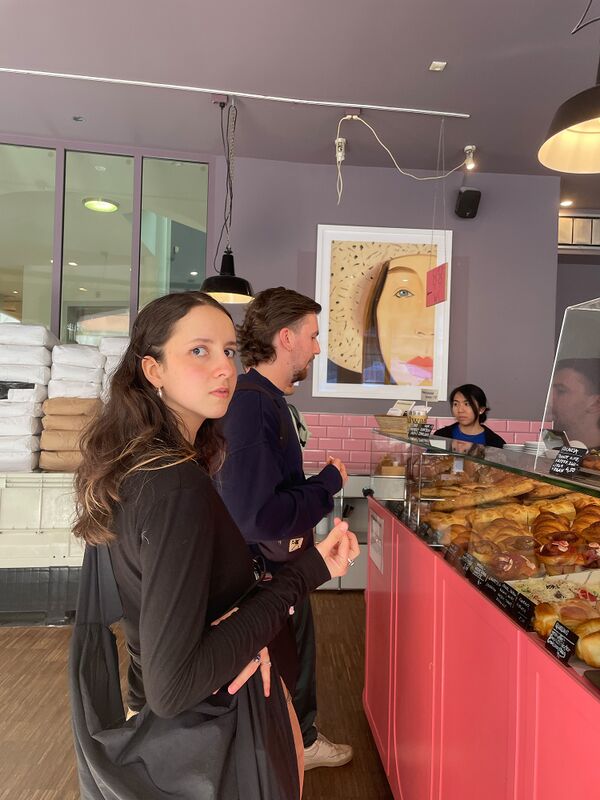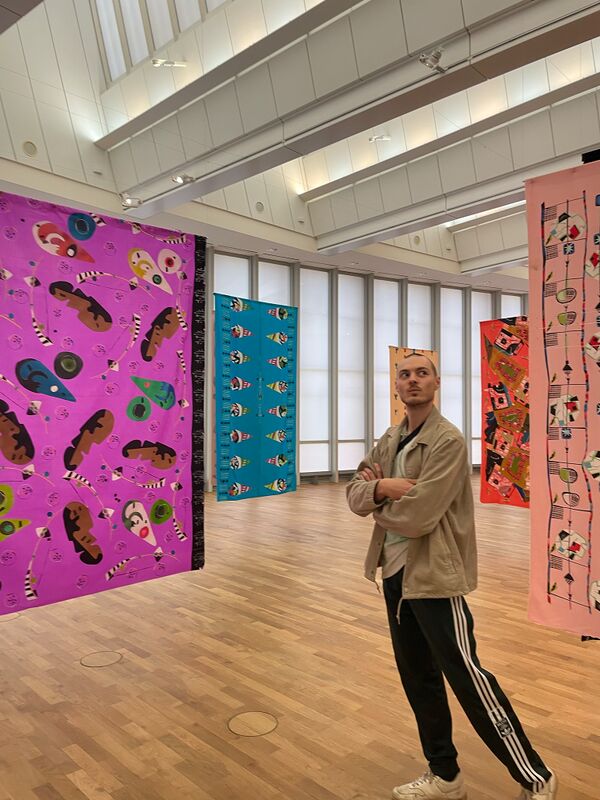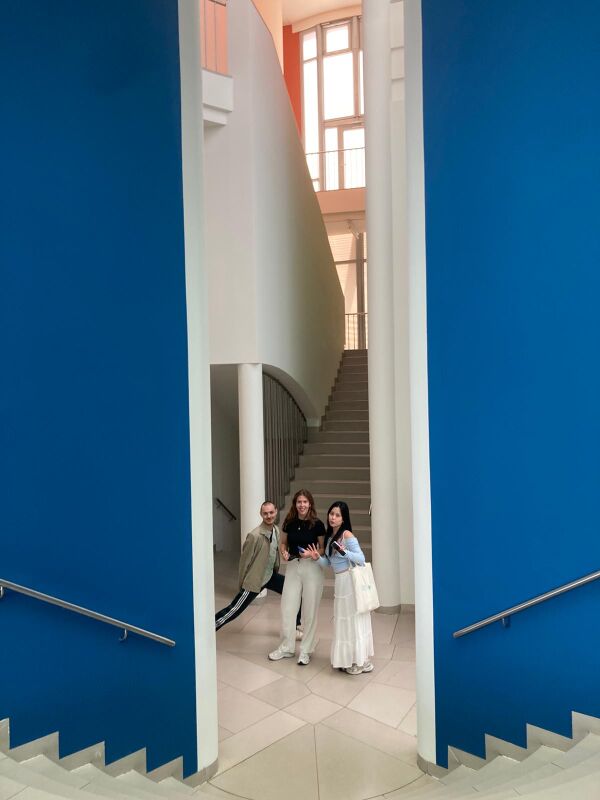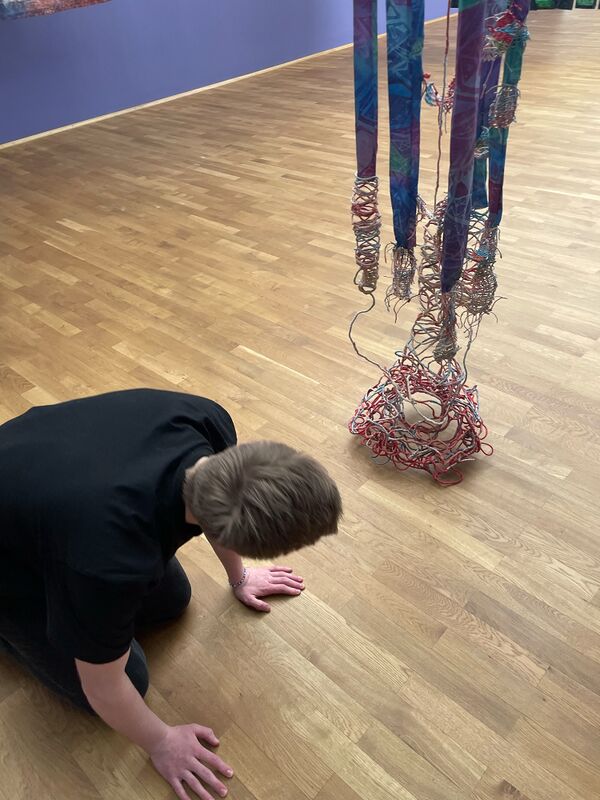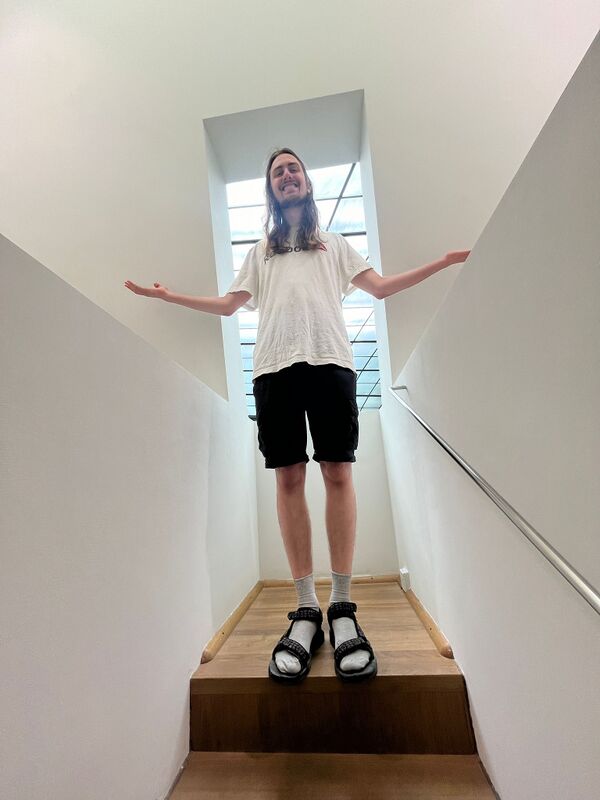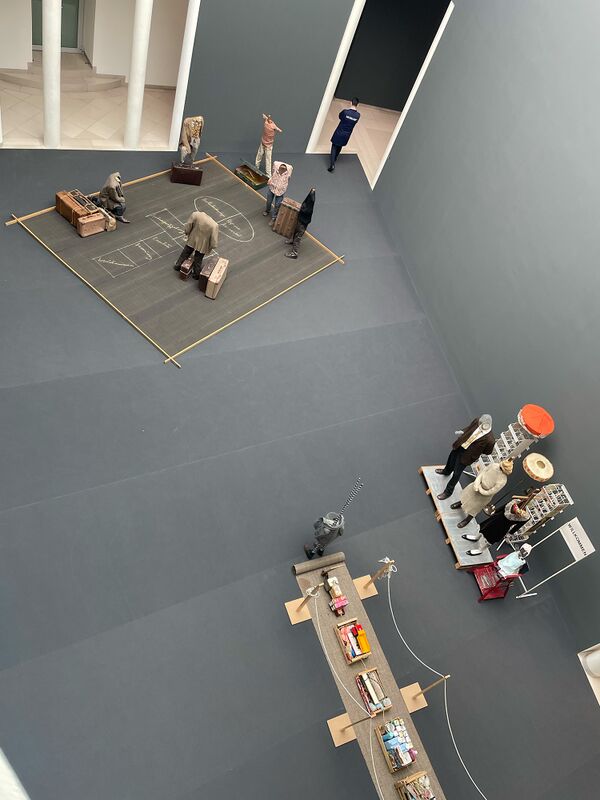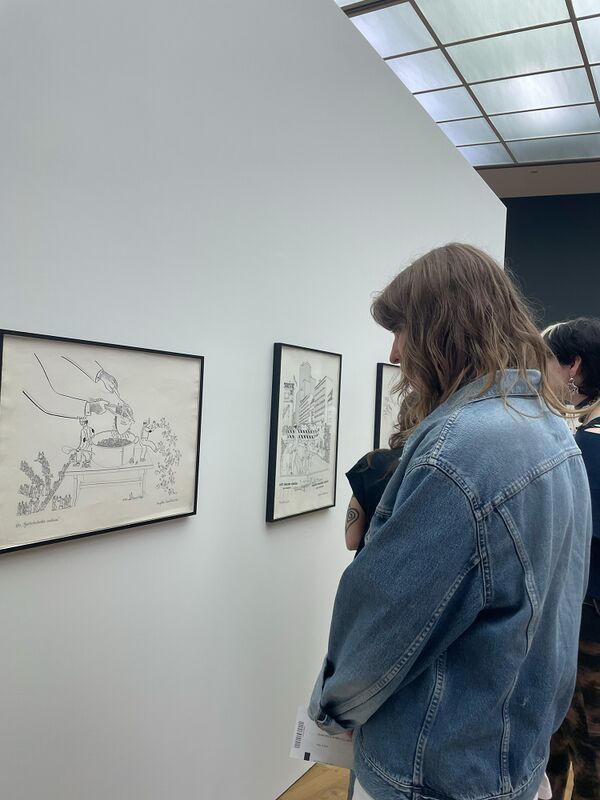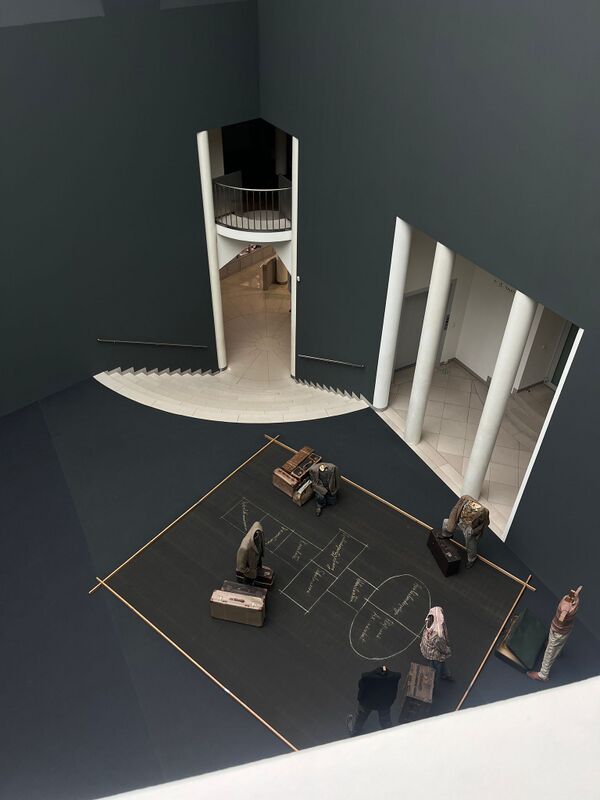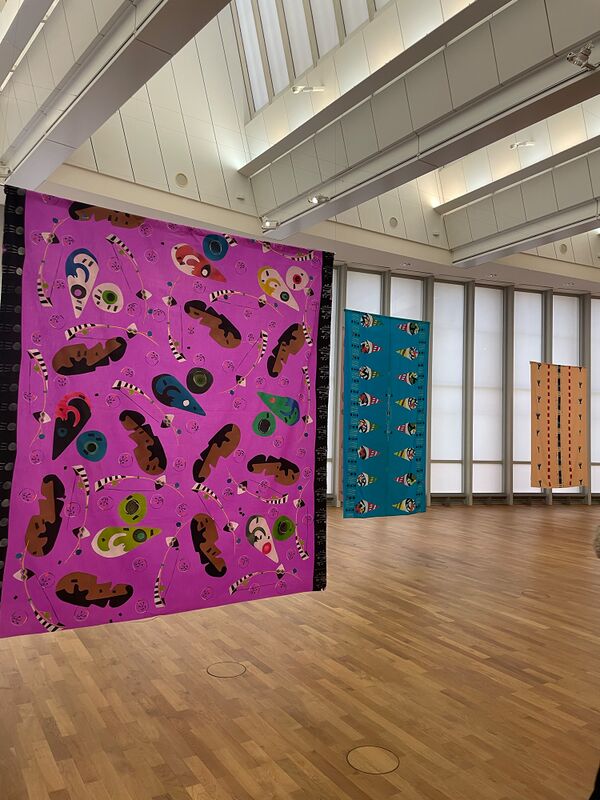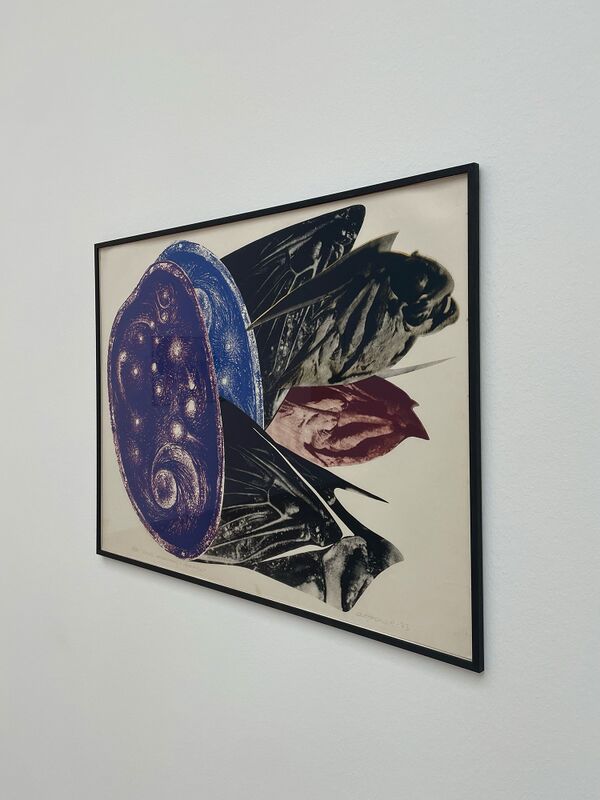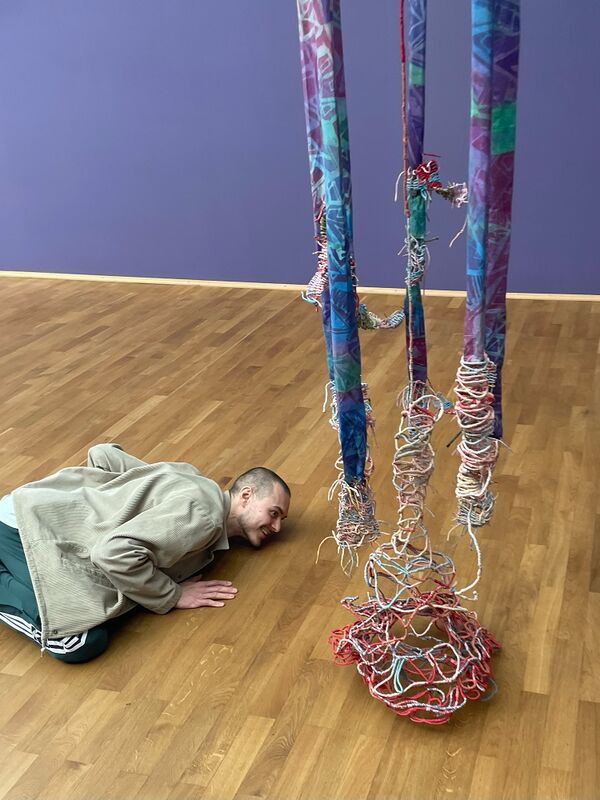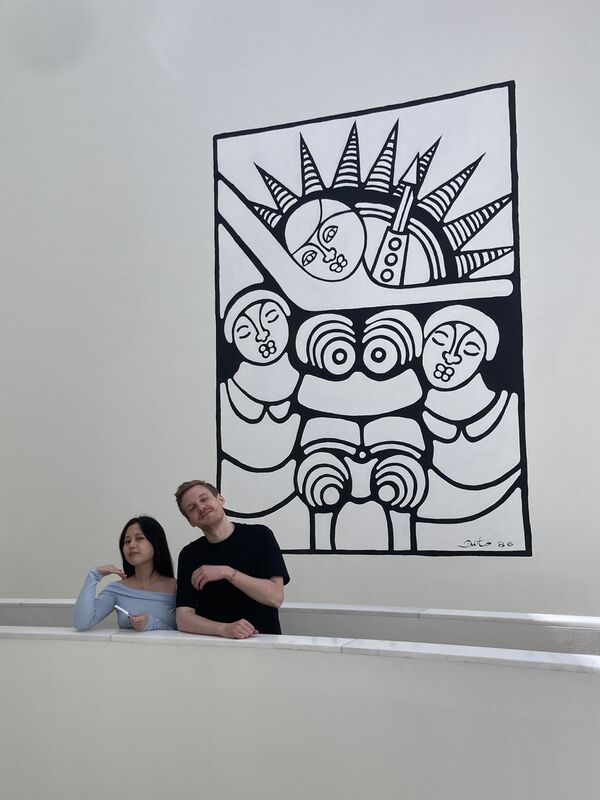There is no there there - MMK Franktfurt: Difference between revisions
No edit summary |
No edit summary |
||
| (30 intermediate revisions by 2 users not shown) | |||
| Line 1: | Line 1: | ||
[[File: | {{DISPLAYTITLE:There is no there there - MMK Frankfurt}} | ||
[[File:I wonder how I wonder why.jpg| | {{#vardefine:HeaderBildURL|MMK.jpg}} | ||
[[File:What is this?.jpg| | In the 1960s, 70s, and 80s, numerous artists from abroad worked in both East and West Germany. Through scholarships and bilateral cultural agreements during the Cold War, they joined migrant workers, exiles, and refugees in the divided Germany to continue their artistic pursuits and connect with fellow artists. Some initially arrived as migrant workers before pursuing artistic endeavors later. Their works reflect memories of people, landscapes, colors, and artistic traditions. Themes of escape, exile, and adapting to a new homeland, as well as political events and everyday life, became central to their art.<br/><br/> | ||
[[File: | Despite facing structural marginalization within the institutionalized art scene, these artists significantly expanded art discourses in post-Nazi Germany. They offered new perspectives, challenging viewers to see differently. | ||
[[File: | The exhibition [https://www.mmk.art/de/whats-on/there-is-no-there-there/ "There is no there there"] showcases the richness of this artistic production and the transformative power of artworks. As the past evolves with time, the artists continue to shape the present directly through their creations. | ||
[[File:Ohalalalala does it touch?.jpg| | |||
[[File:Dog and cat.jpg| | [[File:Chillin chillin.jpg|frameless|upright=2.0|class=third-width]] | ||
[[File:Sin sin.jpg|frameless|upright=2.0|class=third-width]] | |||
[[File:I wonder how I wonder why.jpg|frameless|upright=2.0|class=third-width]] | |||
[[File:Hi.jpg|frameless|upright=2.0|class=quarter-width]] | |||
[[File:Boden.jpg|frameless|upright=2.0|class=quarter-width]] | |||
[[File:Niki our holy spirit.jpg|frameless|upright=2.0|class=quarter-width]] | |||
[[File:MMK.jpg|frameless|upright=2.0|class=quarter-width]] | |||
[[File:What is this?.jpg|frameless|upright=2.0|class=quarter-width]] | |||
[[File:MMk No there there.jpg|frameless|upright=2.0|class=quarter-width]] | |||
[[File:Teppich.jpg|frameless|upright=2.0|class=quarter-width]] | |||
[[File:Fishy.jpg|frameless|upright=2.0|class=quarter-width]] | |||
[[File:Teppich 2.jpg|frameless|upright=2.0|class=third-width]] | |||
[[File:Ohalalalala does it touch?.jpg|frameless|upright=2.0|class=third-width]] | |||
[[File:Dog and cat 3.jpg|frameless|upright=2.0|class=third-width]] | |||
[[Category:Excursion]] | |||
Latest revision as of 12:23, 9 September 2024
In the 1960s, 70s, and 80s, numerous artists from abroad worked in both East and West Germany. Through scholarships and bilateral cultural agreements during the Cold War, they joined migrant workers, exiles, and refugees in the divided Germany to continue their artistic pursuits and connect with fellow artists. Some initially arrived as migrant workers before pursuing artistic endeavors later. Their works reflect memories of people, landscapes, colors, and artistic traditions. Themes of escape, exile, and adapting to a new homeland, as well as political events and everyday life, became central to their art.
Despite facing structural marginalization within the institutionalized art scene, these artists significantly expanded art discourses in post-Nazi Germany. They offered new perspectives, challenging viewers to see differently.
The exhibition "There is no there there" showcases the richness of this artistic production and the transformative power of artworks. As the past evolves with time, the artists continue to shape the present directly through their creations.
